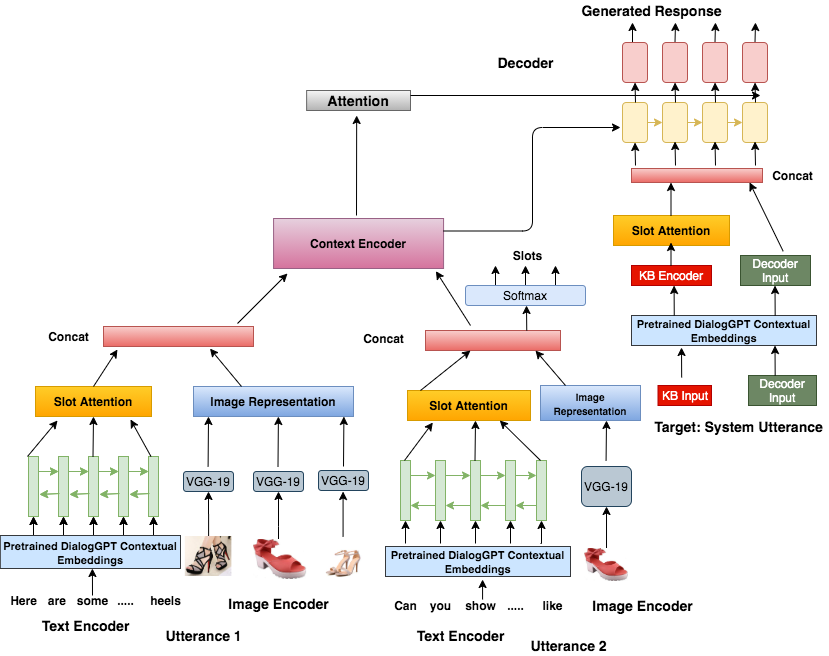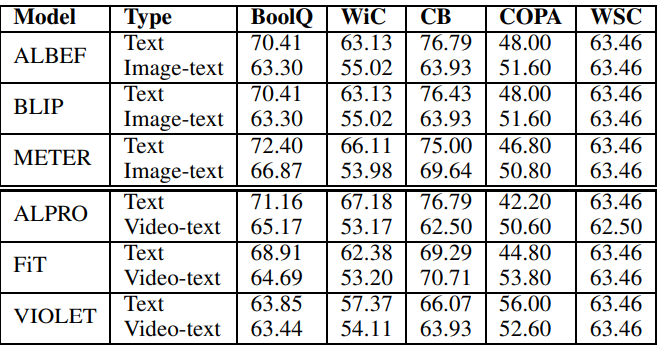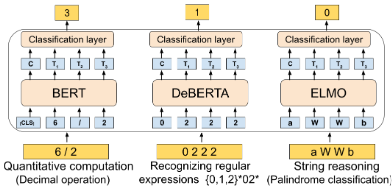|
Santa Clara, CA I am a staff research scientist at Intel AI Labs working on multi-modal AI. I graduated from University of North Carolina, Chapel Hill with a Master in Computer Science advised by Prof. Gedas Bertasius. While at UNC, my research focused on multi-modal AI. I was a senior engineer at Samsung R & D Institute India - Bangalore, for 3 years where I worked on Bixby (Samsung's voice assistant). My job was to design NLU models to help improve Bixby. I had the opportunity to work under Prof. Asif Eqbal on multi-modal dialog systems. I graduated from National Institute of Technology Tiruchirappalli with Bachelors in Computer Science. While pursuing UG studies, I worked closely with Prof. Sivasankar on statistical feature extraction techniques for sentiment analysis. I am interested in contributing to open source frameworks that empower neural networks. I am also a member of Distributed Deep Machine Learning Community and reviewer of gluonnlp, Amazon's NLP library.
E-mail |
|

|
|
My area of interests lie in Multi-modal AI especially in the intersection of Natural Language Processing, Computer Vision and Robotics. I had worked in the areas of multi-modal dialog systems, domain adaptation, text classification etc. |
|
|
|

|
Mauajama Firdaus*, Avinash Madasu*, Asif Ekbal Journal of Multimedia Tools and Applications [Paper] [Code] |

|
Avinash Madasu, Vasudev Lal CVPR 2023 (NFVLR Workshop) [Paper] [Code] |
|
Avinash Madasu*, Mauajama Firdaus*, Asif Ekbal EACL 2023 (SRW Workshop) [Paper] |
|
|
Avinash Madasu, Estelle Aflalo, Gabriela Ben Melech Stan, Shao-Yen Tseng, Gedas Bertasius, Vasudev Lal ECIR 2023 [Paper] |
|

|
Avinash Madasu, Shashank Srivastava EMNLP 2022 (Findings) [Paper] [Code] |
|
Avinash Madasu, Junier Oliva, Gedas Bertasius ACM Multimedia 2022 [Paper] [Code] [Poster] |
|
|
Avinash Madasu, Vijjini Anvesh Rao ICPR 2020 [Paper] |
|
|
Avinash Madasu, Vijjini Anvesh Rao NLDB 2020 [Paper] |
|
|
Avinash Madasu, Vijjini Anvesh Rao EMNLP 2019 [Paper] |
|
|
Avinash Madasu, Sivasankar E Journal of Multimedia Tools and Applications [Paper] |
|
|
Avinash Madasu, Vijjini Anvesh Rao NLDB 2019 [Paper] |
|
|
Avinash Madasu, Vijjini Anvesh Rao CICLing 2019 [Paper] |
|
|
Avinash Madasu, Sivasankar E IEMIS 2018 [Paper] |
|
|